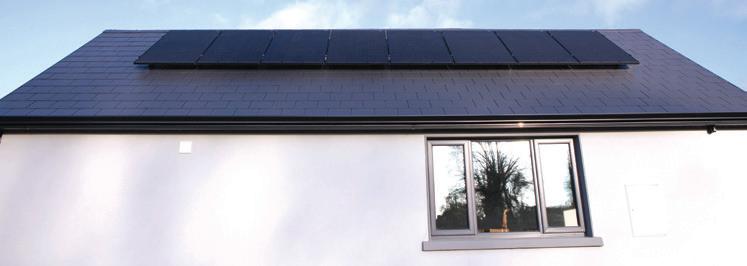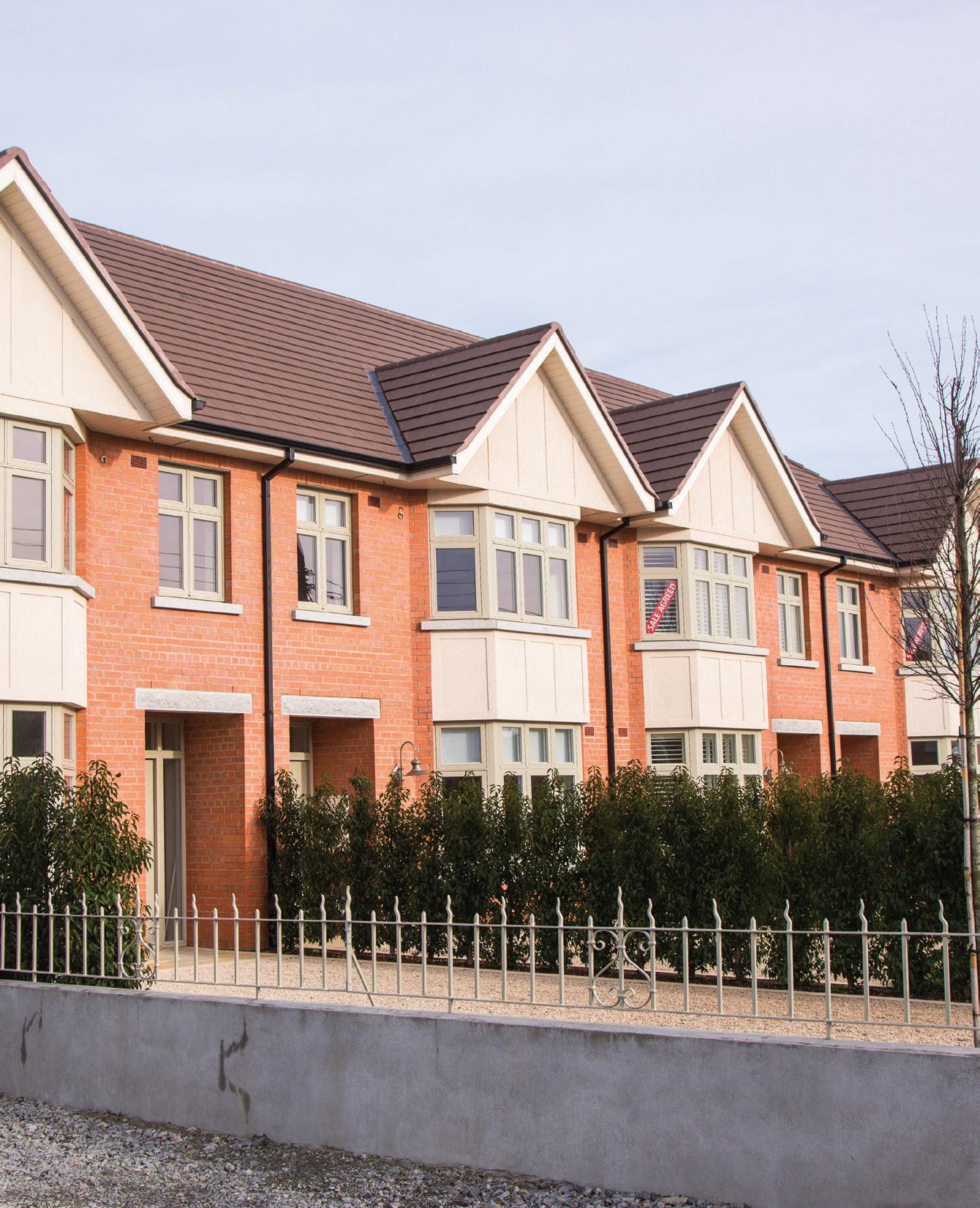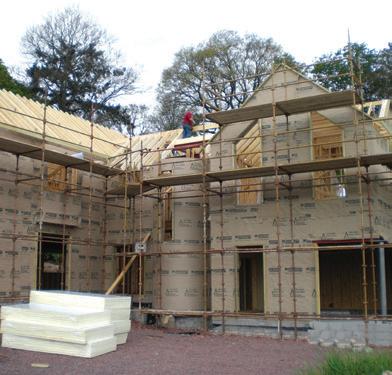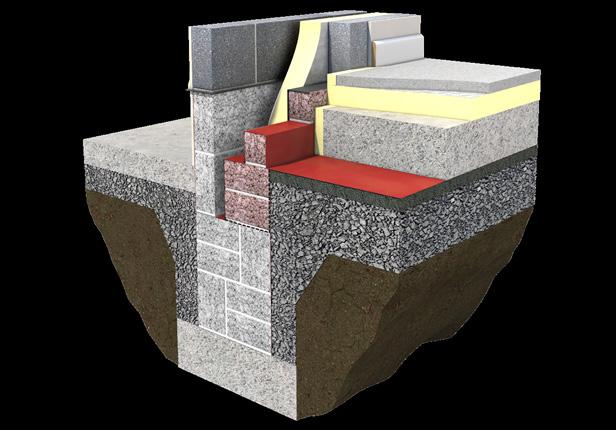
2 minute read
Solar panels to become mandatory for new builds
Why don’t we build with wood?
More homes should be built out of timber, according to the European Parliament’s draft recast EPBD. It sees “the potential to substitute for more carbon intensive materials and to store carbon in the built environment via the use of wood based materials”.
European draft deal paves the way for mandatory solar technology on new builds from 2028 across Europe, and commits financial support for subsidised energy upgrades.
The EU’s Renovation Wave is underway with the European Parliament voting through draft legislation that paves the way for zero emissions new builds from 2028, and a European wide upgrading of the building stock. 75 per cent of EU buildings are still energy inefficient.
The draft measures, as per the European Parliament adopted text of the recast Energy Performance of Buildings Directive (EPBD), include changing building regulations so that solar panels become mandatory on all new builds by 2028, in line with all new builds becoming zero carbon.
Solar technology will have to be installed “where technically suitable and economically feasible” while residential buildings undergoing major renovation would have until 2032 to install solar panels.
TD Noel Duffy told a conference at TU Dublin in March that when the Green Party did a study three years ago of how much it would cost the ROI government to retrofit Ireland’s building stock, the figure they’d come up with at the time was €100 billion.
Cost neutral renovations
According to the draft legislation, existing buildings will have to achieve, at a minimum, energy performance class E by 2030, and D by 2033 on the energy rating (known as building energy rating or BER in
ROI and energy performance certificate or EPC in NI) scale.
The energy rating scale goes from A to G, with G corresponding to the 15 per cent worst performing buildings in the national stock of a member state. Public and commercial buildings have different timelines. Building of architectural importancewill be exempt.
However, energy performance certificates don’t tend to correlate to actual energy use. A Sunday Times analysis suggests C to G properties tend to consume roughly the same amount of energy a year (140 to 180 kWh/sqm/year) while B rated properties consumed a bit less than A rated ones.
Dr Ciara Ahern of TU Dublin presented findings showing that roughly 55 per cent of Irish homes are in the BER database and that poor data made it difficult for governments to come up with targeted initiatives.

Under the draft recast EPBD, national renovation plans will include support schemes to facilitate access to grants and funding, including free information points. Governments will have to come up with ways to introduce cost neutral renovation schemes.

Targeted grants and subsidies will also be made available to vulnerable households.
Buildings account for 40 per cent of final energy consumption in the EU and 36 per cent of the block’s energy related greenhouse gas emissions. Natural gas plays the largest role in heating of buildings, accounting for around 42 per cent of energy used for space heating in the residential sector.
TD Noel Duffy told a TU Dublin conference in March that timber has the potential to reduce embodied carbon emissions in Ireland’s building stock. However the uptake remains low in ROI, partly due to Part B of the building regulations relating to fire, which makes the use of cross laminated timber in commercial builds “very difficult”.
He added that we have the resources yet are exporting most of our forestry products to the UK, instead of using them at home.
Research shows that by 2030 embodied carbon (the carbon footprint from materials, manufacture all the way to end of life) will outstrip operational carbon (emissions while the property is in use).











